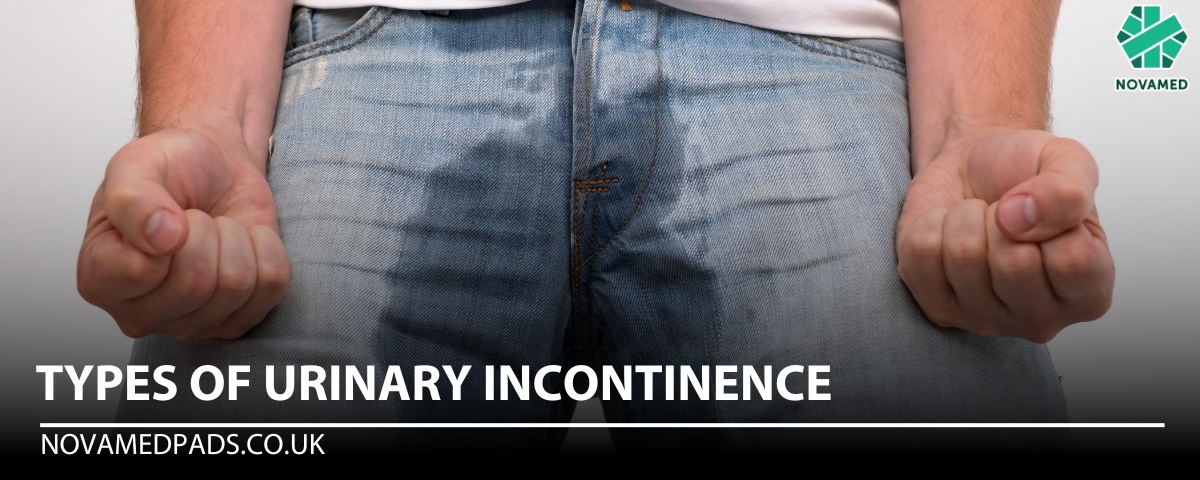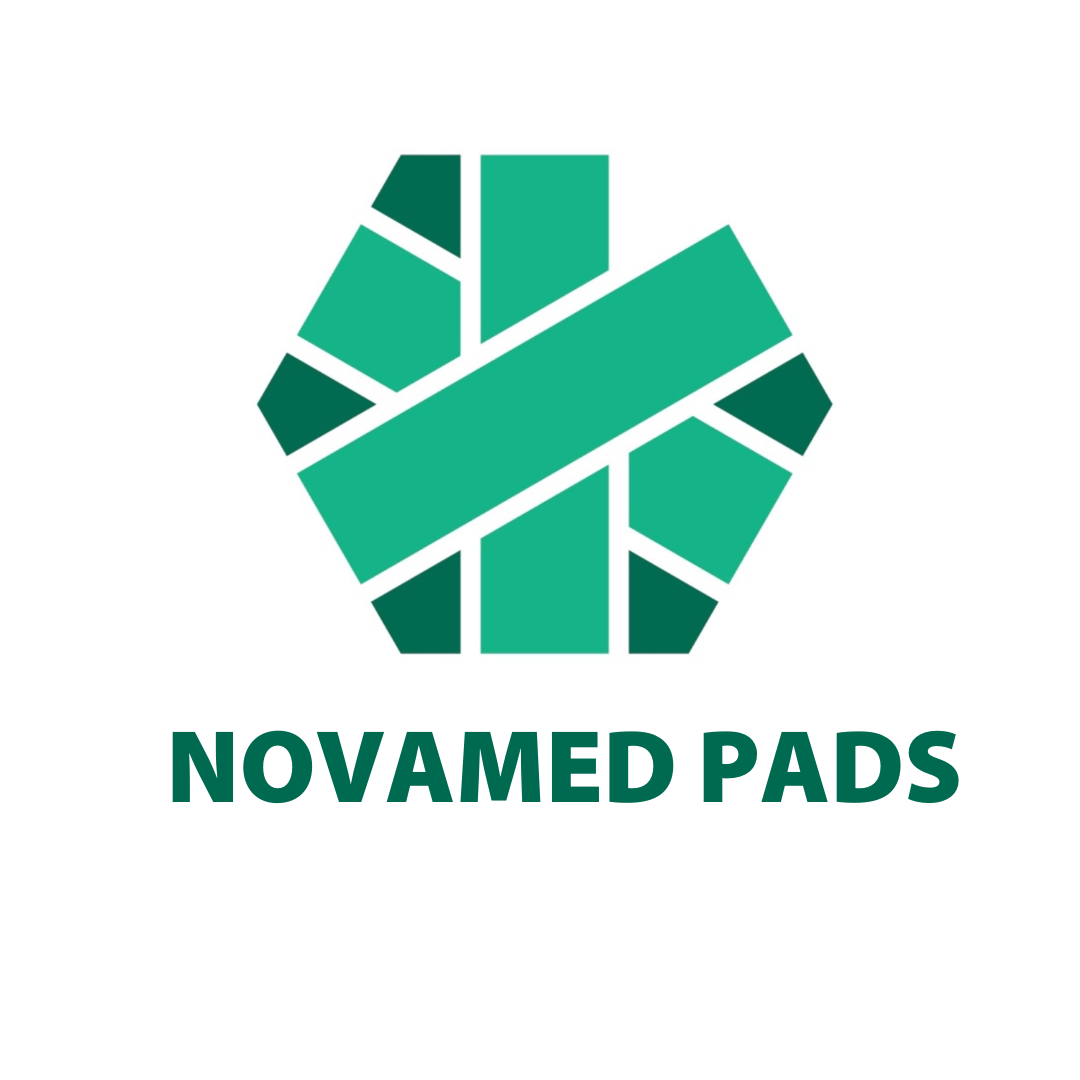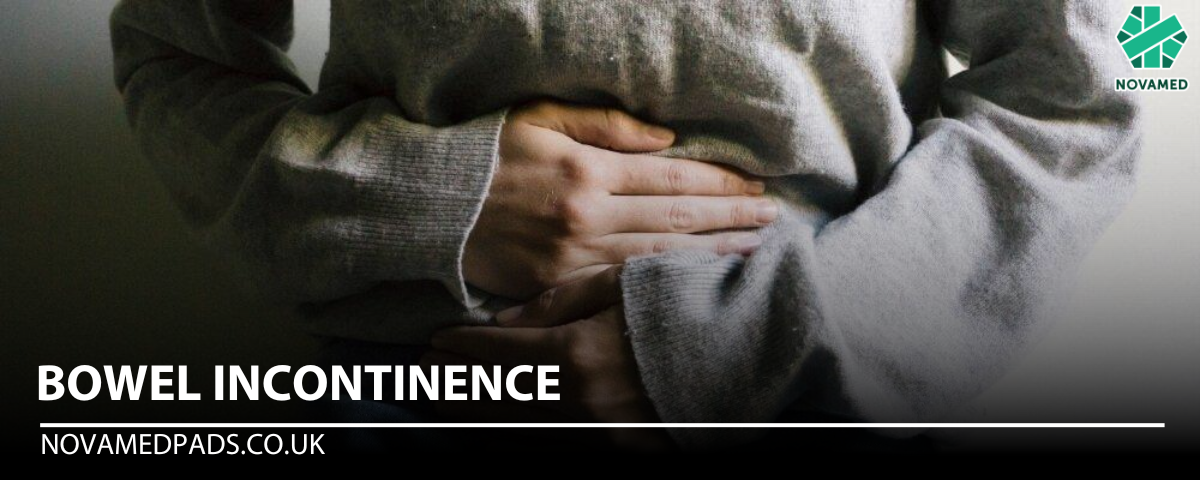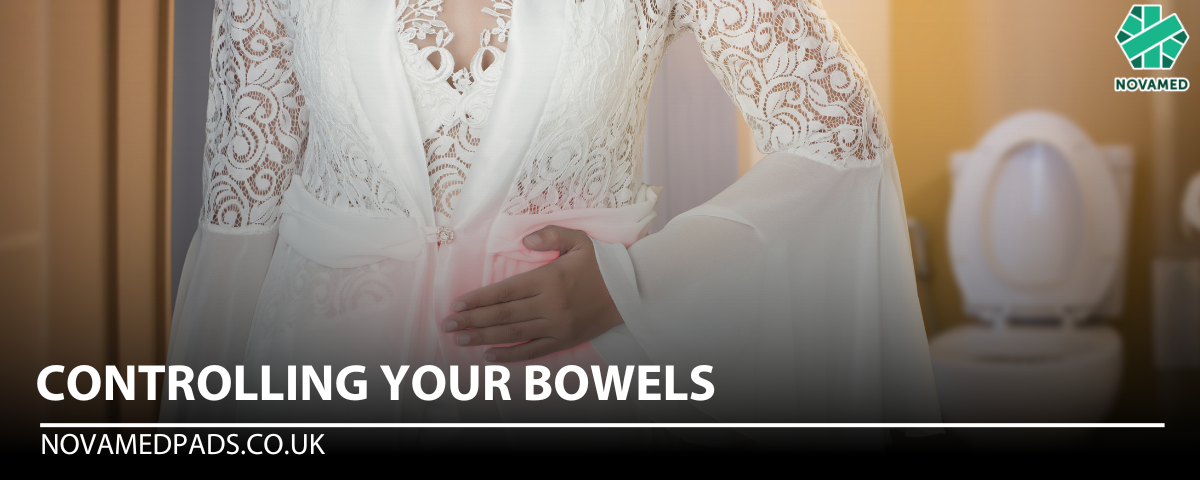
Types of urinary incontinence
Urinary incontinence refers to the loss of bladder control, often caused by weak pelvic floor muscles. There are several types of urinary incontinence, including stress incontinence, urge incontinence, mixed incontinence, and overflow incontinence. The severity of incontinence varies based on its type. If you suspect you might have urinary incontinence, a series of tests and assessments will be necessary to determine the exact cause and type.
Common causes of urinary incontinence include urinary tract infections (UTIs) or kidney stones. Symptoms like pain during urination and difficulty urinating are often more noticeable than other causes, such as dietary factors or increased bowel movement frequency.
Who is Affected by Urinary Incontinence?
Urinary incontinence is a widespread condition that affects millions of people, particularly women, the elderly, and individuals with dementia. Women, especially after childbirth, are at higher risk due to weakened pelvic muscles. Additionally, those with mobility issues or other health conditions are more susceptible to experiencing incontinence.
Symptoms of Urinary Incontinence
The main symptoms of urinary incontinence include:
- Sudden, uncontrollable urge to urinate (urinary urgency)
- Leakage of urine (overflow incontinence)
- Involuntary urine loss during physical activity (stress incontinence)
- Frequent urination
Managing Urinary Incontinence
People suffering from urinary incontinence can take several steps to manage and improve their condition:
1. Avoid Bladder Irritants
Reducing the intake of bladder irritants like caffeine, alcohol, spicy foods, and hot drinks can help. Caffeine, in particular, can exacerbate bladder irritation and worsen symptoms such as frequent urination.
2. Medications
Medications may be prescribed by a doctor to help manage stress incontinence, urge incontinence, and frequent urination. These medications work by regulating muscle contractions and involuntary sphincter relaxation, improving bladder control.
3. Surgical Treatment
In severe cases of urinary incontinence, surgery may be recommended, particularly to correct weak pelvic floor muscles. Surgical options, such as pubovaginal slings, are commonly used to treat stress, urge, and mixed incontinence, especially in women.
Long-Term Treatment Options
For individuals who require long-term management or struggle to control urinary incontinence with medication, permanent solutions may be considered. A pubovaginal sling is a common option, especially for women dealing with stress or urge incontinence.
Lifestyle Changes to Prevent Urinary Incontinence
There are several lifestyle adjustments that can help prevent or manage urinary incontinence:
- Stress Incontinence: Avoid activities that strain the pelvic floor, such as heavy lifting or holding your breath during bowel movements.
- Frequent Urination: Limit your intake of fluids and fluid-rich foods, like fruits and vegetables, if experiencing frequent urination.
- Overflow Incontinence: Eat smaller, more frequent meals to increase urine production and avoid fluid intake during the day.
- Bladder Irritation: Reduce overall fluid intake, especially caffeinated beverages, and consider using smaller cups to limit consumption.
Surgery as a Last Resort
Surgery is generally considered a last resort for treating urinary incontinence. Some of the surgical options include:
- Pelvic floor repair: To strengthen pelvic muscles and improve bladder control
- Sling procedures: For women experiencing stress or mixed incontinence
Conclusion
Most cases of urinary incontinence can be managed or improved by following the steps outlined above. It is essential to consult a healthcare professional if you experience symptoms like urinary leakage or lower urinary tract dysfunction.
For individuals with dementia, urinary incontinence is more common, and specialised treatment options are available. Learn more about managing incontinence in people with dementia here.
Types of Urinary Incontinence:
-
Stress Incontinence: Occurs when pressure is applied to the bladder, such as during exercise or physical activity.
-
Urge Incontinence: Involves a sudden and strong need to urinate, often resulting in urine leakage before reaching the toilet.
-
Mixed Incontinence: A combination of stress and urge incontinence, where leakage occurs both when the bladder is full and during physical strain.
-
Overflow Incontinence: Happens when the bladder is unable to empty completely, causing urine leakage.
Treatment Based on Symptoms
Treatment for urinary incontinence depends on its type and severity. After ruling out underlying causes, options include lifestyle changes, medications, physical therapy, and surgery. Consult your doctor to determine the best course of action for your specific symptoms.
Feel free to explore our full range of incontinence solutions here!
Bladder and bowel incontinence may be caused by conditions which can be treated medically. Please consult your physician for medical advice and guidance.




